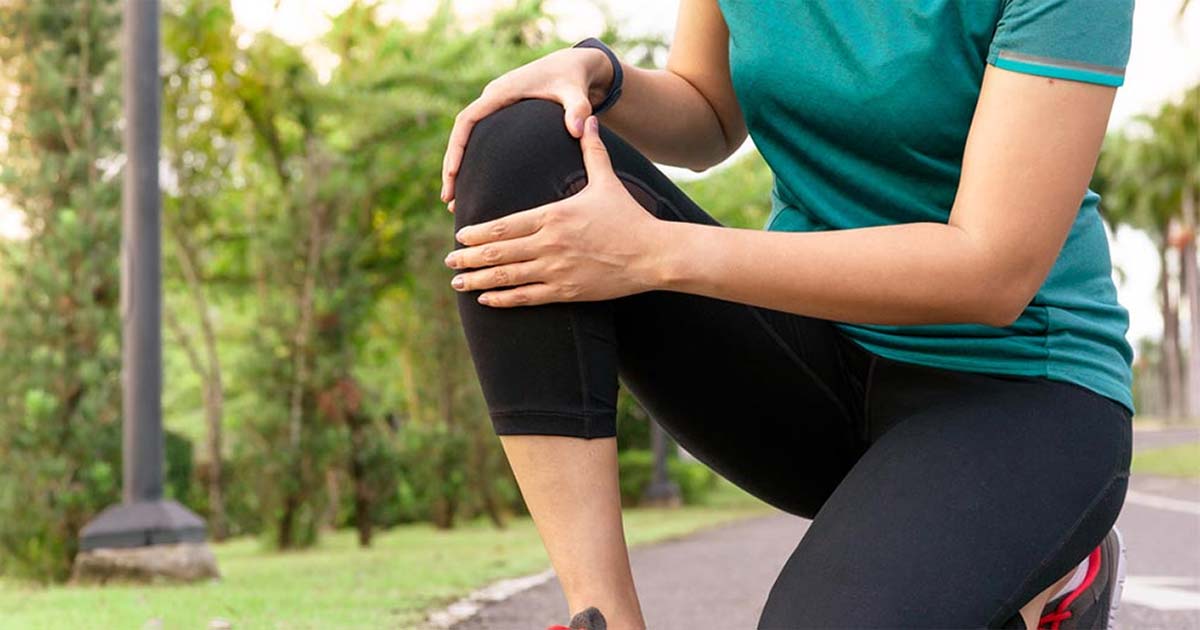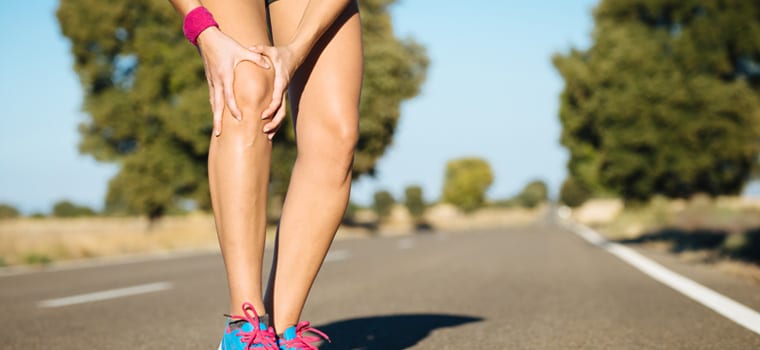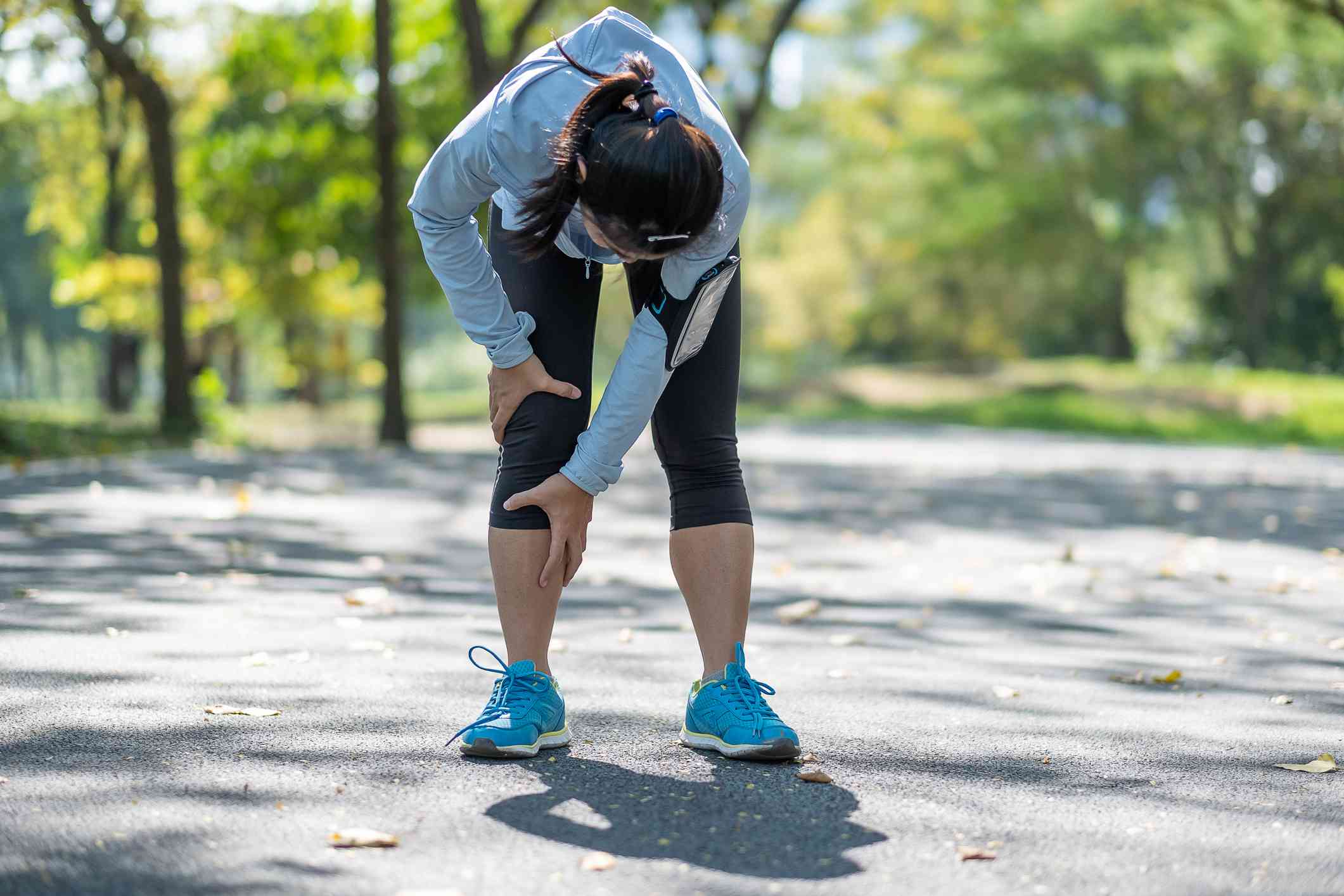Are you tired of experiencing knee pain after your workouts? You’re not alone. Many people struggle with post-exercise knee discomfort, but the good news is that there are effective ways to relieve it. In this blog post, I’ll share some valuable tips and exercises that can help alleviate knee pain and promote faster recovery. These tips will help you get back on track and keep your knees happy and healthy. So, let’s find out how you can find relief from knee pain after exercise.

Contents
How To Relieve Knee Pain After Exercise?
When it comes to relieving knee pain after exercise, several strategies can help you recover faster and get back to enjoying physical activities. Here are some tips to alleviate knee pain and promote faster recovery:
- Rest and Ice: One of the most effective ways to reduce pain and inflammation is by giving your knees some rest. Avoid putting excessive strain on your knees and take breaks between workouts. Applying ice to the affected area for 15-20 minutes every few hours can help reduce swelling and provide relief.
- Compression and Elevation: Using a compression bandage or knee brace can provide support to your knee and help reduce swelling. Additionally, elevating your leg can help drain excess fluid from the knee, further reducing inflammation.
- Stretching and Strengthening: Gentle stretching exercises can help improve flexibility and relieve soreness in the knee. Focus on stretching the quadriceps, hamstrings, and calf muscles to maintain proper knee alignment. Strengthening exercises that target the muscles surrounding the knee, such as the quadriceps and glutes, can also provide stability and support.
- Non-Impact Exercise: If you’re experiencing knee pain, opt for low-impact exercises that are easier on your joints. Swimming, cycling, and using an elliptical machine are great alternatives to high-impact activities like running or jumping.
- Proper Technique and Form: Ensure you’re using the correct technique and form while exercising to minimize strain on your knees. Consult a fitness professional or physical therapist to learn the proper alignment and movements for various exercises.
Causes of Knee Pain after Exercise
After engaging in physical activity, it’s not uncommon to experience knee pain. Understanding the causes behind this discomfort can help you take the necessary steps to relieve it and promote faster recovery. Here are some common causes of knee pain after exercise:

- Knee Arthritis: Arthritis is a condition characterized by inflammation of the joints, including the knee. If you have knee arthritis, you may experience pain while bearing weight or in motion, as well as stiffness and pain when moving your knee out of a position it has been in for an extended period of time.
- Tendonitis of the Quadricep or Patella Tendon: Tendonitis refers to inflammation of the tendons. Quadricep tendonitis causes tenderness or tightness above the kneecap, while patella tendonitis causes tenderness or tightness below the kneecap. Both types of tendonitis may worsen after prolonged sitting, bending, jumping, or squatting.
- Anterior Knee Pain: Anterior knee pain is characterized by pain around or under the kneecap. It can cause stiffness in the knee when sitting and discomfort after prolonged running or hiking. Some individuals may also experience sensations of popping, grinding, or crunching in the knee.
- Knee Injury: Sudden onset of pain accompanied by damage to the meniscus or ligaments that cushion and stabilize the knee joint can result in knee pain. These injuries can be caused by falls, twists, or direct blows to the knee.
Physical Therapy for Knee Pain
Here’s how physical therapy can help alleviate knee pain:

- Muscle Strengthening: Physical therapists will design a personalized exercise program that targets the specific muscles around your knee. Strengthening these muscles helps support the joint and reduce the pressure on the knee, leading to decreased pain and improved stability.
- Flexibility and Range of Motion: A program that focuses on stretching and increasing flexibility can help restore proper joint function. This is especially beneficial for individuals with conditions like osteoarthritis, where maintaining joint flexibility is crucial for reducing pain and improving overall mobility.
- Correction of Biomechanical Issues: Physical therapists are experts at identifying any biomechanical issues that may contribute to knee pain. They can assess your movement patterns and recommend modifications to your exercise technique or suggest orthotics or braces to improve alignment and reduce stress on the knee joint.
- Pain Management Techniques: Besides exercise, physical therapists can also utilize various pain management techniques to help alleviate knee pain. These may include electrical stimulation, ultrasound therapy, or manual techniques like soft tissue mobilization or joint mobilization.
- Education and Self-Management: Physical therapists play a vital role in educating patients about their conditions and teaching them self-management strategies. They can guide proper techniques for exercises, advice on modifying activities to prevent further injury, and tips for pain relief at home.
Frequently Asked Questions
How do I get rid of knee pain after working out?
Perform knee stretches by grabbing the back of your thigh and pulling it toward your chest. Hold for five seconds and repeat ten times with each leg.
What is the fastest way to relieve knee pain?
Apply ice, take a pain reliever, use a heating pad, stretch, foam roll, use a massage gun, rest, and modify your workouts as needed.
Are squats good for knee pain?
Properly executed squats can strengthen the knees and not contribute to knee pain or damage to the knee joint, especially deep squats beyond 90 degrees.

Hello, I’m Ravindra. Over the years, I’ve immersed myself deeply into the world of fitness and health, transforming both my body and mind. Writing has allowed me to share my journey, insights, and expertise with those just starting out and seasoned fitness enthusiasts alike. Beyond just routines and diets, I believe in inspiring others to adopt a holistic approach to well-being.
